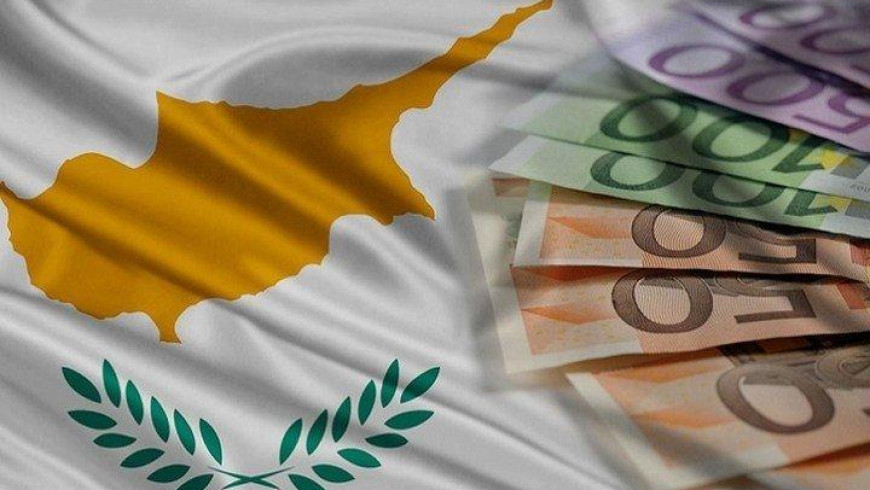
According to the latest report published by the Statistical Service, the major developments in the industrial sector during 1999 compared to 1998 were:
The mining and quarrying sector in 1999 increased by 5,6% compared to the previous year. It is estimated that value added of the sector in real terms increased from C£14.385 thousand in 1998, to C£15.197 thousand in 1999.
During 1999 the manufacturing sector recorded a marginal increase due mainly to an increase in local consumption and tourism. Value added of the sector increased by 0,3% in real terms compared to an increase of 1,2% in 1998.
Food, beverages and tobacco, which traditionally is the largest group and in 1999 contributed 36,9% to the manufacturing value added, registered a 4,3% increase in volume of production. This was mainly the result of an increase in domestic demand. Textiles, wearing apparel and leather, the second largest group, contributing 10,3% to the manufacturing value added, recorded a decline of 7,3% in volume of production, attributable mainly to a decrease in exports of clothing, footwear and travel goods as well as a decline in domestic demand. Clothing, continued to be the most important manufacturing item and its value of production is estimated at C£92,4 million in 1999 compared to C£100,2 million in 1998.
The price index of domestically produced manufactured goods rose by 1,9% over 1998, compared to a 1,5% rise in the previous year. This is attributed to an increase of 2,1% in local market prices, and 1,2% in export prices.
Industrial exports, fell to C£166,8 million during 1999 compared to C£170,2 million in 1998 registering a decrease of 2,0%. Exports to European Union countries rose to 46,1% in 1999 from 39,3% in 1987 and 26,6% in 1982, while the share absorbed by Arab countries, fell to 31,3% in 1999 from 45,1% in 1987 and 62,2% in 1982.
Expenditure on fixed assets in the sector during 1999 rose to C£58,4 million compared to C£61,8 million in 1998. Machinery and equipment accounted for 65,7% of total investment, new buildings and works for 21,4% and transport equipment for the remaining 12,9%.
Employment in manufacturing dropped from 39,6 thousand persons in 1998 to 38,6 thousand in 1999. The percentage share of unemployment in the sector to total unemployment in the economy is estimated at 23,4% with average unemployment reaching 2.661 persons in 1999 compared to 2.236 in 1998.
During 1999 there was a slowdown in the rate of economic growth in this sector, estimated at 6,0%, compared to 8,8% in 1998. Generation, transmission and distribution of electric energy, is by far the most important industry of the sector and in 1999 contributed 82,0% to the sectoral value added. Sales of electricity rose by 5,9% to 2.785,4 million kWh in 1999 from 2.629,0 million kWh in 1998. The highest increases were recorded in the consumption by financial, insurance, real estate and business services, distributive trades and water supply. In the manufacturing sector, the largest increases in the usage of electricity were recorded in food and metal products industries. Decreases were observed in the clothing, footwear and non-metallic mineral products industries. Consumption of electricity by households rose by 5,2%, for public lighting by 7,4% and for water pumping purposes by 4,2%.
The mining and quarrying sector in 1999 increased by 5,6% compared to the previous year. It is estimated that value added of the sector in real terms increased from C£14.385 thousand in 1998, to C£15.197 thousand in 1999.
During 1999 the manufacturing sector recorded a marginal increase due mainly to an increase in local consumption and tourism. Value added of the sector increased by 0,3% in real terms compared to an increase of 1,2% in 1998.
Food, beverages and tobacco, which traditionally is the largest group and in 1999 contributed 36,9% to the manufacturing value added, registered a 4,3% increase in volume of production. This was mainly the result of an increase in domestic demand. Textiles, wearing apparel and leather, the second largest group, contributing 10,3% to the manufacturing value added, recorded a decline of 7,3% in volume of production, attributable mainly to a decrease in exports of clothing, footwear and travel goods as well as a decline in domestic demand. Clothing, continued to be the most important manufacturing item and its value of production is estimated at C£92,4 million in 1999 compared to C£100,2 million in 1998.
The price index of domestically produced manufactured goods rose by 1,9% over 1998, compared to a 1,5% rise in the previous year. This is attributed to an increase of 2,1% in local market prices, and 1,2% in export prices.
Industrial exports, fell to C£166,8 million during 1999 compared to C£170,2 million in 1998 registering a decrease of 2,0%. Exports to European Union countries rose to 46,1% in 1999 from 39,3% in 1987 and 26,6% in 1982, while the share absorbed by Arab countries, fell to 31,3% in 1999 from 45,1% in 1987 and 62,2% in 1982.
Expenditure on fixed assets in the sector during 1999 rose to C£58,4 million compared to C£61,8 million in 1998. Machinery and equipment accounted for 65,7% of total investment, new buildings and works for 21,4% and transport equipment for the remaining 12,9%.
Employment in manufacturing dropped from 39,6 thousand persons in 1998 to 38,6 thousand in 1999. The percentage share of unemployment in the sector to total unemployment in the economy is estimated at 23,4% with average unemployment reaching 2.661 persons in 1999 compared to 2.236 in 1998.
During 1999 there was a slowdown in the rate of economic growth in this sector, estimated at 6,0%, compared to 8,8% in 1998. Generation, transmission and distribution of electric energy, is by far the most important industry of the sector and in 1999 contributed 82,0% to the sectoral value added. Sales of electricity rose by 5,9% to 2.785,4 million kWh in 1999 from 2.629,0 million kWh in 1998. The highest increases were recorded in the consumption by financial, insurance, real estate and business services, distributive trades and water supply. In the manufacturing sector, the largest increases in the usage of electricity were recorded in food and metal products industries. Decreases were observed in the clothing, footwear and non-metallic mineral products industries. Consumption of electricity by households rose by 5,2%, for public lighting by 7,4% and for water pumping purposes by 4,2%.














 3287.99
3287.99 1275.09
1275.09
